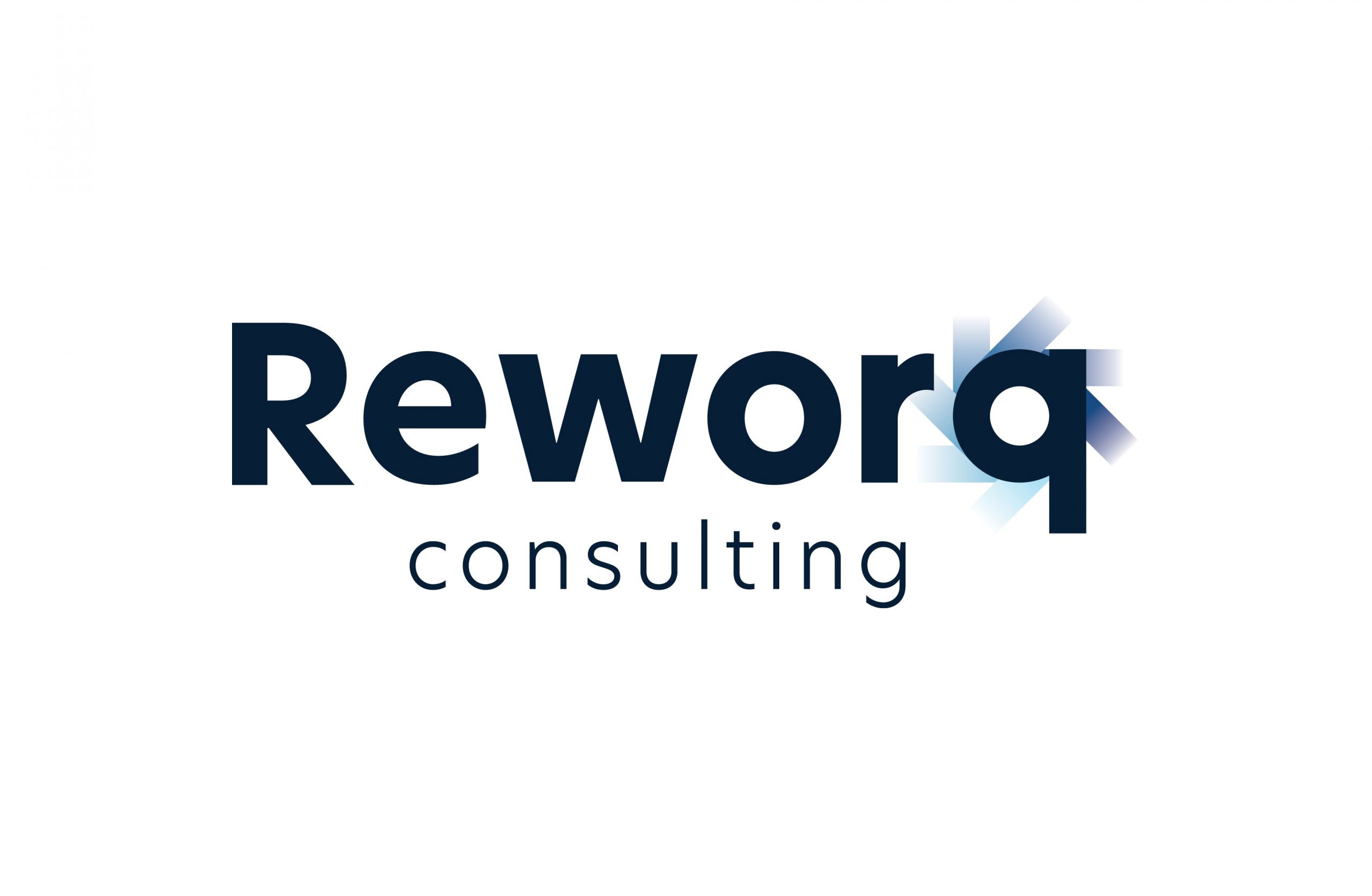Changing business trends requires your Executive Management Team to modify significant or insignificant aspects of their business model, such as infrastructure, technology, resources, internal processes, etc. While it is progressive thinking to introduce and continually revise business models due to disrupted change, Organisational Change Management leads to many instances of unfavourable consequences for employees and their senior leadership – adjustment with conflict, feelings of uncertainty (and fear), loss in productivity, and a refusal to embrace change.
Organisational Strategy and insightful planning are an inevitable aspect of running your business – WHAT it does? WHAT it wants to do? HOW it does the things it does?
However, your Organisational Strategy determines the symbolic shape and destination of your business, whilst your corporate culture is determined by – HOW to build your organisation and place the employees and responsibilities that encompass your business activities? But your Organisational Culture is also reflected in your Organisational Strategy – values, ethics, commitment, priorities, practices, and expectations.
In such conditions and the responsible mandate to “change”, your Executive Management Team identify their desired goals or missions, then must act as Change Agents and perform the Change Management Process in a structured manner. The use of Change Management Models can help organisations implement their plans thoughtfully, with purpose, and intent.
When is Organisational Change Management (OCM) needed and determined?
Organisational Change Management is the process of planning, implementing, and monitoring changes in organisations but to ensure that all changes are made in a controlled and co-ordinated manner. When change in an organisation will create disruption, confusion, or resistance amongst their employees and stakeholders, then a structured Organisational Change Management approach needs to be implemented.
However, organisational change may occur deliberately because it is required to evolve organically due to changes to its external environment. As a direct result, organisational change may take place gradually and as part of an overall process of evolution due to pre-determined business objectives and goals. Accordingly, the type of change describes how organisational change will occur but within designated timeframes and specific results that will be achieved through change.
Whenever an enterprise starts a new project or initiative that disrupts the day-to-day operations, then Organisational Change Management needs to be deployed. Change Management, as a methodology, mitigates or reduces the risk that individuals will reject new systems, processes, tasks, or other changes but ensures the desired outcomes of the change are fully realised.
Organisational Change Management helps create an environment where individuals throughout the organisation can better understand what changes are needed and how to sustainably support them to achieve its business goals. It doesn’t reduce costs or increase revenue streams on its own, but instead provides a structured framework that reinforces the belief, ethics, and cultural shift (think mindset) that change is great!
There are three (3) main scenarios where Organisational Change Management is important:
1. Changes to the roles of individual employees
When the change initiative determines organisational changes to an employee’s role, then this affects the nature of the employee / business relationship. The circumstances driven by change is often disruptive to your employees since they expect a certain degree of role stability during their daily activities, but also the ongoing expectations of business results (from the organisation’s leadership).
Organisational Change Management helps employees understand the need for business change and facilitate co-ordinated transitions that fulfil both the organisation’s needs and mitigates the impact of the change on the individuals involved.
2. Changes to how individuals and teams work together
Many change initiatives include implementing and or modifying business processes and IT systems that provide the adaptable structure for how employees in your company interact with each other and across the organisation. When these changes happen, then it often requires behavioural changes, tasks, and activities of all individuals involved throughout the process or using the new system.
Organisational Change Management provides a structured approach that helps employees understand the changes will be – WHAT is expected of your people? WHY the change is being implemented? WHEN will your people be expected to change their daily activities?
3. Changes to the organisation and its goals
In a typical business scenario, a structured and co-ordinated Change Management Plan needs to be implemented when change is recognised for large-scale enterprise programs, such as acquisitions, mergers, re-organisation of internal resources, leadership changes, market conditions and shifts in business strategy.
Organisational Change Management provides the techniques / tools for analysing, planning, and executing enterprise-wide changes and then measuring the impact and effectiveness of your change initiatives v. organisation goals. Your Executive Management Team needs a set of capabilities (and Change Management methodology) to enable them to lead large organisations effectively.
Who is responsible to develop the Organisational Change Management strategy?
Change Management starts at the very top level of an organisation and is generally driven by a “top-down” approach. But this perception is a very broad response, since ‘top’ might not necessarily refer to your Executive Management Team or Senior Management.
The type of change and the elements of the change initiative will determine WHO is involved in the strategy. For example, if the change is significant across the entire organisation, then it is a prerequisite for the Executive Management Team to be leading the Change Management strategy. However, if the change is to be conducted within a business unit or function though, the strategy could be developed further down the chain of authority.
Simply, a Change Management Process is the Project Plan used by the Change Management Team who is with creating an organisational change. It provides an outline to the sequence of steps, tasks, resources, risks, and milestones that must be followed between the organisation’s current state and the future state – the designated path to successful completion of the change.
What is the scenario-based elements for your Organisational Change strategy?

As mentioned, organisations often pursue strategic change to maintain or gain a competitive advantage or respond to market changes and conditions. Depending on the type of change you are driving in your business, there may be significant shifts within the core of the Organisational Strategic Plan and the below three (3) elements could be appropriate to implementing your Change Management strategy.
Re-define your Vision
How is your organisation going to connect people with a sense of higher purpose and a clear and meaningful “WHY”? This determines the approach to build sustained engagement.
This is the ultimate goal for your organisation. But this vision should be lofty, but not too lofty and should state a clear objective to help your team stay focussed.
When an organisation begins to pivot dramatically, it may be necessary to revisit your organisation’s core strategic vision (the “WHY”), and then to ensure that the purpose aligns with the proposed change initiative. This is a common scenario given that typically an organisation tends to stick to its core vision from inception and towards its inclusion, but employees often question the strategic direction of the change.
As with most issues across any organisation, the concept of “distraction culture” is enabled by your Executive Management Team and Senior Management. Failure for your Business Leaders ‘buy-in’ into the strategic vision and its priorities is the resultant issue – may not holistically understand them, may not personally support them, and may not entirely measure the assessment and measurement of their performance (and bonuses!).
Your CEO should drive this dispersed focus across the organisation. Afterall, it’s certainly no surprise that if your Executive Management Team and Senior Management don’t understand what truly constitutes a key priority, they cannot set this expectation or sell the vision amongst their employees.
Re-define your Values and Ethics principles
How is your organisation going to act in pursuit of its business vision? These are the values it will exemplify and encompass organisational culture.
This is particularly applicable to older organisations that may have to update their traditional values to reflect on market conditions and the business direction it is now focused on, or as a way to differentiate their business model from its competitors.
Organisational values and ethics can also encourage a certain talent pool of prospective employees to join the organisation, as this can also be evidenced with the “push for change”. For example, when there is a merger between two or more organisations and their total organisational values need to be amalgamated into a singular cultural aspect.
Employees would be ready to adapt and fit-in with the new organisational values and ethics. So, by simply introducing a change in the cultural values of the organisation, then simultaneously transitions into a culture of continuous improvement. When you introduce the new organisational value of continuous improvement and development of committed approach, then your employees generally respond positively to their new way of working.
Re-define your key Focus Areas
How is your organisation going to design “How to Work Together” in sync across individuals, teams, functions, business units, and beyond the enterprise?
Focus areas are common items throughout the Change Management process since this can often be the source of the change and the reason why the change initiative has been implemented. The shift in your key organisational focus areas will often dictate the level of Change Management required and set the pace of the Change Project. This will then have a corresponding effect on your organisational goals and the strategy to determine success.
Be a focused organisation but remember the law of diminishing returns. Build strategy around focus areas, so that each of your values should have a few focus areas and these are measurable areas of focus that will ensure your values. Business Leaders set the strategy, plan, communication path, and maintain a necessary focus on what’s important for the organisation to achieve its business goals (and common).
One of the key outcomes of this process is to refine the focus areas to those that really matter in your organisation. In a purpose-driven organisation, shared values, and purpose guide your employee participation to help determine the organisation’s boundaries (and its conditions of participation). The general rule is – if a change activity does not fit into one of your focus areas, well it shouldn’t be happening; but not right now.
As always, the more involved people are in the creation process, the more empowered they will be to deliver the change initiative. Whilst core values are transparent, they are also subject to continual revision and critique by your employees. But nothing beats a culture of open and honest communication, where such discussions occur organically in the workplace (without prejudice).
Summary
Embracing organisational change is the key to success for any business.
There are many ways to encourage innovation in your business and then throughout your organisation. Although one of the most profound and influential initiatives that can be undertaken will be the development of an effective Organisational Strategy. It can make the difference in an enterprise’s sustained growth and long-term success.
Nonetheless, one of the most critical and challenging aspects of Change Management today is with the human perspective since people do not naturally embrace (and mostly resist) change. As a result, your Executive Management Team must understand how to successfully manage and transition change for the benefit of both the organisation and its employees.
Organisational Change Management encourages active participation and implementation of the abovementioned strategies by your Executive Management Team. The communication and alignment to belief (and intent to change) with your Change Management strategies will help employees to comprehend the shift transformation, commitment, and operate efficiently in their day-to-day roles.
Need some guidance on your next steps? Let’s start a conversation…



